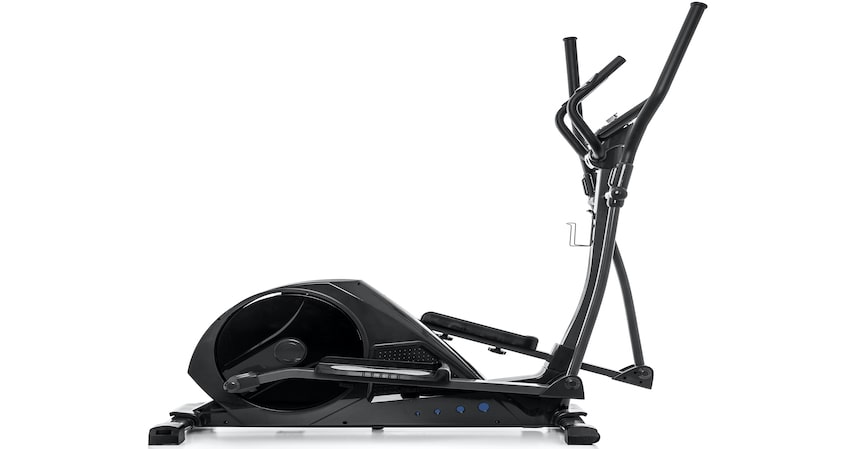Elliptical Designs and Biomechanics

For various reasons I am picking up where I left off with last week’s blog post and beginning a discussion of the differences in biomechanics between different elliptical designs and what factors may affect your elliptical purchasing decision. If you remember, we discussed the durability inherent differences between front drive, rear drive and center drive ellipticals when considering their designs.
Please note that while these designs may have inherent durability issues due to the distribution of weight and stresses on various points of the machine, that does not mean that it is a lock that these designs will produce failures simply because they are designed a particular way. Of course I remember the old statistics warning between correlation and causality. Correlation and causality are two different things. Just because two factors move together doesn’t mean that they are causing each other to move together. Other factors may affect both independently. To have this explained more fully I have a great story about English bishops, rum, and drunks I can tell you if you email me about it at edoc@treadmilldoctor.com.
The three most important factors to consider, in my opinion, with regard to biomechanics and ellipticals are the width between the foot pedals (Q-Factor), the length of the stride of the elliptical, and the height of the ellipse created when the user is moving the machine. The Q-Factor of the machine affects the stance that the user is placed in while using the machine. The wider the foot pedals, the more stress placed on the hip joints but this is not universal. I am a very big person with huge hips. Wide pedals don’t bother me in the least. My wife is a very petite person. She hates a wide pedal stance on ellipticals.
Front drive and center drive ellipticals tend to have the narrowest Q-Factor in our experience while rear drive machines tend to have the widest. This is far from universal, however and varies from manufacturer to manufacturer. While we have never seen an adjustable Q-Factor ourselves we do see where many manufacturers placed oversized pedals on their machines for the user to achieve a comfortable foot placement.
The length of the stride of the user is also important for user comfort. People with longer legs tend to prefer a longer stride and visa versa. Don’t get caught up on the height of the person using the machine either when evaluating stride length. This is a common misperception. The length of your legs matter more and leg length and height are not exactly correlated. I like to tell people that your inseam is a better judge of the stride length than your height. Fortunately, adjustable stride length machines are common in the marketplace so you shouldn’t have too much of a problem finding a stride length that works for you.
The final factor is the shape or height of the ellipse that you are using. I have found that most ellipticals prefer a flatter stride or low ellipse height on their machines because if feels more like walking or running to the user. Rear drive and center drive machines tend to give the user a flatter ellipse. Front drive machines tend to have a taller ellipse but again this is far from universal. As usual, please email me any questions or comments to edoc@treadmilldoctor.com.
